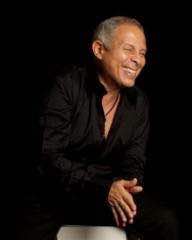Latin America / Venezuela / Maracay
Victor Perez: I was born in Maracay as a necessity of the rumbera movement that refuses to die, followed by a legion of salseros and salseras experts and experts in the rumbera subject. Due to the encouragement of rumberos and rumberas throughout various salsa parties, we managed to concretize and carry out purely salsa events.

Salsa Project
It is represented by Víctor Pérez with the idea that this movement can shape and maintain the Caribbean feeling in the music lover current.
Starting with the street rumba, rumba for the neighborhood, we started in a patio to have parties (only with sound), we made several calls receiving the attention of the rumba people, the patio being too small.

In 2004 we set up our first great unforgettable event, we managed to bring an anthology rumba dancer to Maracay for the first time.
In the following we continue with the rumbas with the regional orchestras and groups maintaining the salsa movement, we also held a discussion, conference in the house of culture of Maracay.
Salsa Project
In his career carrying out events he has presented a great variety of groups such as:
Bailatino, Joel Uriola and his band, mango group, Mandinga and his star band among others.

Not only in Maracay has the salsa project held events, we have worked on victory with the same rumba, bringing together salseros and salseras with the same idea.
The salsa project has also intertwined with various national organizations such as asocosalsa (caracas), asocrosalsa (pto. pelo), friends from Valencia involved with the genre, and associations from Maracay such as rumberos del patio, asosalsa Aragua, the salsa troop and others from the region. .





















